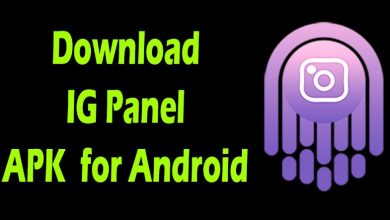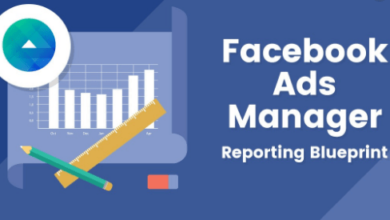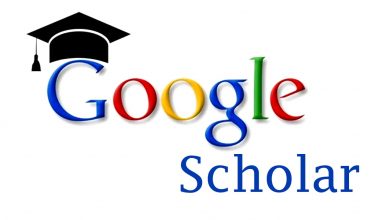What Is Computer?
Table of Contents
Today, everyone should be capable to work with a computer and be familiar with it. Everyday work is generally done by computers and in human life, it has become like being literate.
In general, a PC is a machine that takes raw information from us and converts it into processed and comprehensible information for us.
For example, when we are typing a text, information is sent to the computer by the keyboard and the outcome is displayed to us through a monitor.
Computers are highly processable and can perform very high mathematical calculations in a few thousandths of a second.
Also Read About:
Difference Between HDMI And VGA
Uses of Computer In Our Daily Life
Process States & Its Attributes
Four Conditions For Deadlock
Basic Parts
The basic parts which are necessary for computers are as follows:
- Processor (CPU): The processor is one of the major components of a computer and is like the brain of a PC. All the processing of a PC is done by the processor or CPU. The selection of processors has a significant effect on the speed of a PC. Intel and AMD dual-core processors are the top brands.
- Main Memory (RAM): RAM or main memory plays a very important function in the speed of a PC and that is why it is so important. The higher its capacity, the faster the PC. Company Kingston and Corsair among the most popular brands are producing RAM.
- Motherboard: The motherboard is the mainboard to which all computer components are connected directly and indirectly. In fact, it is the main part of a PC that connects other components. Company Gigabyte and Asus are among the most trendy motherboard manufacturers.
- Storage Devices: It is one of the key components of all computers. They store almost all applications and data on a PC, except for the firmware. The general PC has many storage devices, such as hard disk, cache, and RAM.
- Input Devices: Input devices in the PC are those devices that are used to enter the information into a computer system, and allow the user to interact with the PC. The data can be entered through these devices such as audio, image, or even video. The input devices are a type of computer peripheral device.
- Output Devices: Output devices are used to transmit data processed by the computer to the user in various audio, video, and print formats. Monitors and printers are among the most popular output devices used within a PC.
Important Types
Based on the size and speed, a computer can be divided into five types:
- Super Computer
- Mainframe Computer
- Mini Computer
- Micro Computer
- Workstations
1. Micro Computer
Micro Computer (Personal Digital Assistant Computer) Known as PCs. They are widely used due to their low price and smaller size. Their power is equal to that of the big computers of the previous generation.
2. Mini Computer
These computers are medium in size that the amount of data processed and the variety of their work is relatively large and can be used to process the work of network users.
3. Mainframe Computer
Mainframe computers are designed for very complex and heavy computing in institutions where the amount of information is very high. Access to these computers will usually be through the network and shared.
4. Super Computer
Computers with very high speed, ability, and processing power and very large sizes (for example, as a building) and their application in weather forecasting projects and military and space affairs.
5. Workstations
A workstation is a computer intended for professional, technical, or scientific work. A workstation is usually a computer with advanced features connected to various peripheral devices (printers, scanners, etc.) that are part of a network.
Usually, the workstation is connected to other computers and the server. This facilitates the fact of working in a team, exchanging resources and data.
Benefits of Computer
With the continuous development of computers, their use has increased in a variety of sectors. Among the most prominent benefits of computers are the following:
- Increase Productivity: Computers have contributed to the advancement of various fields of science, technology, and education.
- Storing Information: A PC stores data of all kinds, as it can store personal data, patient records, and corporate work, and can be consulted at any time.
- Information Protection: It is used to keep customer records in banks, store patient records in hospitals, and companies manage customer data.
- Saving Time And Effort: It saves a lot of time, by doing a variety of functions, such as shopping, ticketing, and business management.
- Provide Speed And Accuracy: Computers provide fast and accurate results, as they store data and calculate operations accurately and quickly.
- Internet Connection: We are communicating with friends via computer Internet access and access to information by search engines.
- Understand The Data Better: The computer enables students to obtain information, and graphs and Excel tables can be used for mathematical calculations.
- Stay In Touch With Others: It brings far distances between people and facilitates communication between them.
- Make More Money: You can start freelancing and make more money using the PC, doing business, and payment transactions.
- Get More Knowledge: The computer contributes to educating students in their school and university stages in a creative way using data tables, drawings, and videos.
Examples
The computer has become an essential part of our life. There is a huge number of tasks that we do regularly on a PC. Some of the major examples are as follows:
- Digital currency: It is a computer that is used to maintain the record of your transactions and balance in your account as well as the money deposited in your account in a bank. This money is stored as a digital record or digital currency.
- ATM: When we withdraw money from an ATM, a computer is working in the background that enables the ATM to get instructions and dispense cash accordingly.
- Trading: In the Stock markets, computers are used for day-to-day trading. Many advanced algorithms are used by the computer to tackle the whole process of trading without involving humans.
- Smartphone: The smartphone that is become a part of our daily life and is used for various tasks throughout the day like calling, texting, browsing is itself a computer.
- VoIP: All voice-over IP communication (VoIP) is completely managed and made by computers.




